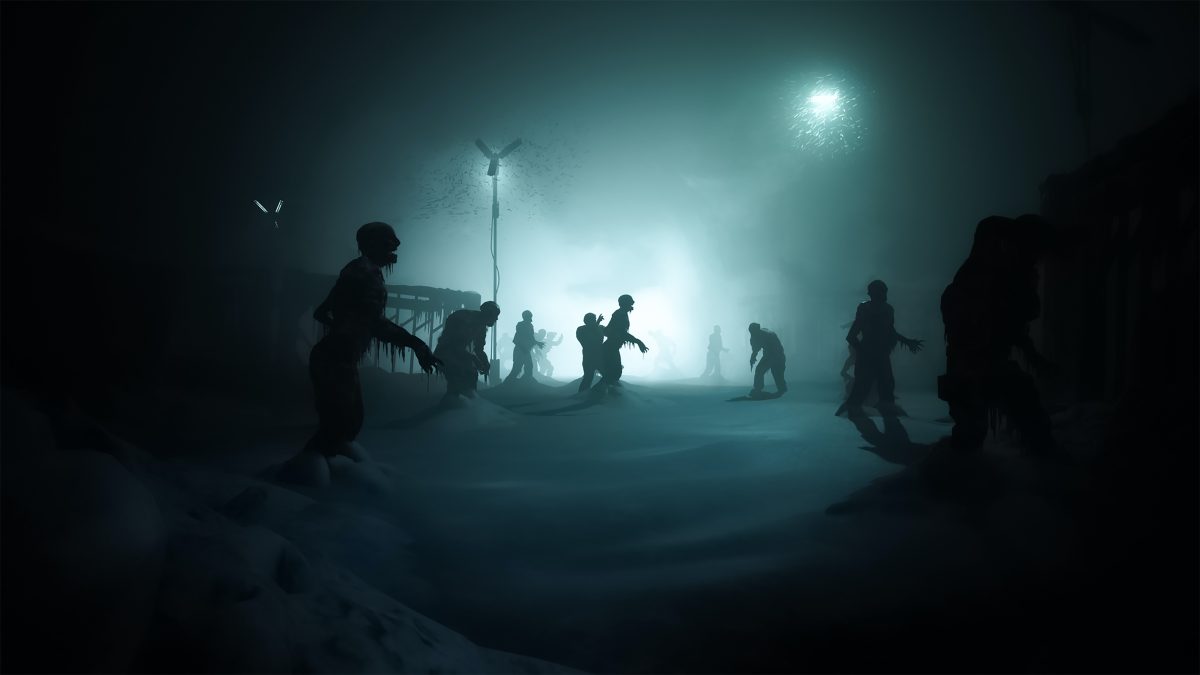Many fiction enthusiasts have at least one well-curated plan in the case that the zombie apocalypse starts. If you have watched “The Walking Dead” or, “Z-Nation” you’re probably familiar with the classic dead-undead zombies; disease spread through a bite, stiff and impaired movements, the pasty skin, and of course a hunger for the flesh! Although, the likelihood of this dystopia becoming a reality isn’t as bad as you think.
The possibility of zombies lacking cognitive function beyond the word “braaains” is highly unlikely. Three main areas of the brain come together to create our beloved zombies: the thalamus, the hypothalamus, and the brain stem.
The brainstem is the bridge between the brain and the spinal cord, allowing us to move our bodies. The thalamus is the interpreter station in our brain; motor signals are sent here to be processed in the brain and vice versa. The hypothalamus is responsible for hunger signals, as well as feelings of satiation after eating. All three of these areas in the brain would need to be partially functioning, as well as disconnected from the rest of the brain. In addition, the amygdala is responsible for aggressive behavior typical of zombies.
It is extremely unlikely that there would be a virus able to disarm the rest of the brain while allowing motor commands and hunger signals through to the body. That is not to say that other viruses cannot produce zombie-like behavior.
Those that have seen, “All of Us Are Dead” or, “The Last of Us” have witnessed the fictional effects a lethal infection can have. Although, where our undead friends are fictional, fungi and viral infections are not. There are no currently known infections that can affect the brain the way we see portrayed on screen, but in terms of symptoms, there are a few.
The rabies virus is closest in terms of zombie-like symptoms. To contract rabies, a person must be bitten by an infected animal (sound familiar?) Once the virus enters the body, it will attach to a neuron and travel along the nerves till it reaches the brain. Inside the brain, the rabies virus causes brain tissue to swell and become inflamed. Inflammation from rabies virus can produce symptoms of aggression, delirium, muscle spasms, drooling, mental confusion, and more.
Sleeping sickness is another infection that can take us a step closer to Doomsday. Sleeping sickness is a parasitic infection of the Trypanosoma brucei species; it’s transmitted through the tsetse fly– native to sub-Saharan Africa. The tsetse fly transmits its parasites into the body infected, the parasites then multiply within the tissue, blood, and lymph. The parasites will then enter the nervous system and pass into the brain. Similar to the rabies virus, sleeping sickness results in inflammation of the brain. Sleeping sickness produces symptoms such as changes in personality, poor coordination, irritability, sensory disturbances, and confusion.
While there are no current candidates to bring about the apocalypse, it is still entirely possible that humans will find a way to elicit it.
“Humans are too curious and impulsive. We make too many mistakes; give it enough time and one of them will do irreparable damage“ – Elijah Ruth






































